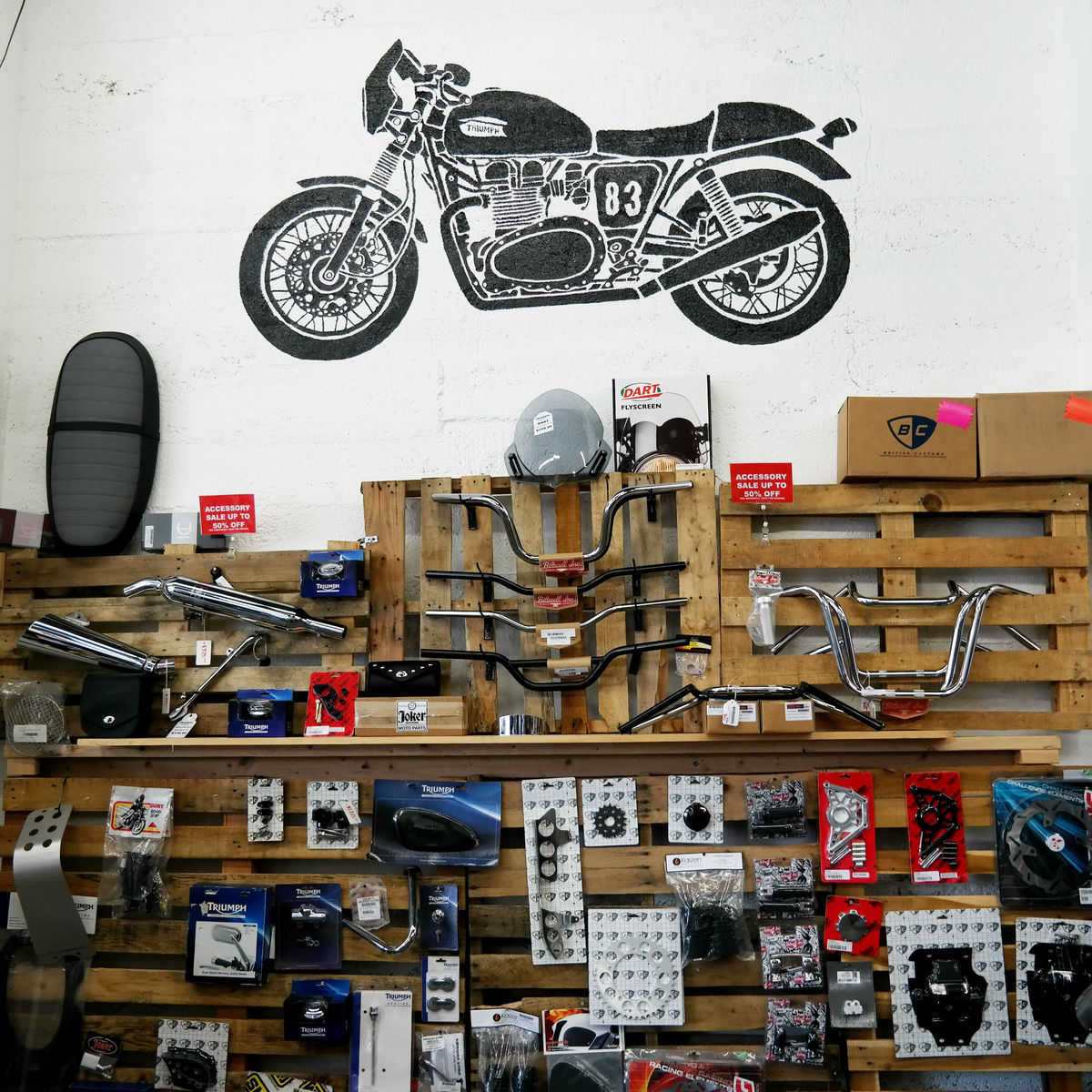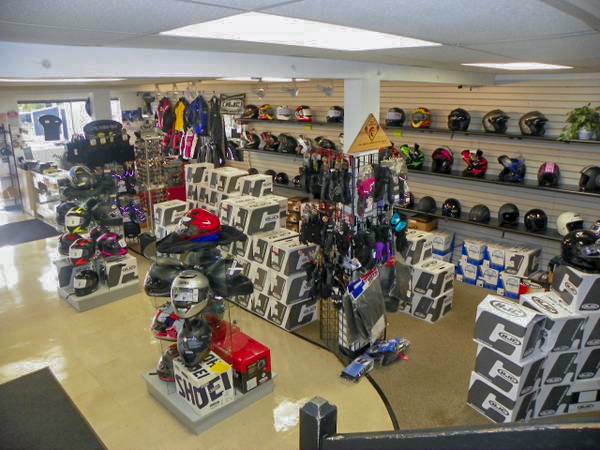Your Best Motorbike Shop for Quality Parts and Accessories
Your Best Motorbike Shop for Quality Parts and Accessories
Blog Article
Mastering Bike Gears: How to Optimize Your Riding Experience
In the realm of motorcycling, mastering the art of gear manipulation is important for improving your riding efficiency. Correctly comprehending and utilizing motorbike gears can dramatically impact velocity, gas, and control performance, transforming an ordinary adventure into a seamless, thrilling journey. By including accurate shift timing and adapting gear choice to numerous road problems, motorcyclists can make sure optimum engine efficiency and safety and security. The subtleties of clutch control, throttle control, and gear mechanics beckon a deeper exploration, assuring to unlock the full possibility of your maker. Just how can these methods be taken advantage of to really maximize your riding experience?
Recognizing Equipment Mechanics
At the core of bike dynamics, gear technicians play a pivotal duty in transforming engine power right into movement, inevitably dictating rate and control. The gear ratios, thoroughly created, identify the connection between engine revolutions and wheel turns, impacting acceleration and fuel effectiveness.
Recognizing equipment technicians starts with acknowledging the value of the gearbox, which houses several gears of varying sizes. These gears communicate through a process understood as meshing, where teeth of different gears involve to send power. The precision of this interaction is essential; any kind of imbalance or damages can result in inefficient power transfer, hindering performance. In addition, the setup and size of equipments influence the motorbike's capability to take care of different loads and rates.
Furthermore, the idea of gear shifting is essential to maximizing performance. Timely and smooth shifts make certain that the engine operates within its ideal power band, protecting against unnecessary stress and improving long life (mx gear nz). By understanding these mechanical intricacies, cyclists can attain an unified mix of power, control, and efficiency, elevating their riding experience
Timing Your Shifts
Change timing proficiency is vital for enhancing motorcycle efficiency and boosting the riding experience. Appropriately timed changes guarantee that the engine runs within its optimum power band, which is essential for preserving control, achieving smooth acceleration, and ensuring the longevity of the motorcycle. Motorcyclists have to establish an intuitive feeling of when to change gears, which entails recognizing the partnership in between engine transformations per min (RPM) and speed.
To understand change timing, pay close focus to the engine's audio and feel, as these give important ideas concerning when to change equipments. When the engine comes close to the upper variety of its power band without getting to the redline, the suitable change point usually occurs - motorcycle shop. Changing prematurely can result in a lack of power, while moving far too late may cause unnecessary engine strain
In addition, roadway problems and riding style impact change timing. In urban setups, smoother and more frequent changes might be necessary to browse website traffic efficiently. In comparison, throughout highway riding, fewer shifts at greater rates can be better suited. Exercising in different atmospheres will enhance your ability to time shifts precisely, inevitably boosting your riding experience to a specialist level.
Enhancing Fuel Performance
While grasping motorcycle gears is vital for efficiency, enhancing gas efficiency is similarly vital for both ecological and financial reasons. Optimal gas intake not only minimizes operational prices but likewise decreases the ecological impact of riding. To achieve this, one must recognize the elaborate partnership in between gear selection and engine efficiency.
To start with, choosing the right equipment at ideal rates can substantially influence gas intake. Riding in a greater gear at lower rates can lead to engine carrying, which is detrimental to both fuel economic climate and engine health. Conversely, riding in lower gears at high speeds results in unneeded gas usage. Therefore, preserving an ideal balance by changing gears abreast with road problems and prepared for maneuvers is essential.
Furthermore, regular upkeep plays a crucial role in gas performance. Ensuring that the bike is well-tuned, with clean air filters and correctly blew up tires, can boost the rules of aerodynamics and reduce fuel waste. Adopting a riding design that embraces gradual acceleration and smooth slowdown can contribute to better fuel economic situation.

Techniques for Smooth Transitions
Achieving smooth equipment changes is basic to enhancing the riding experience and making certain the durability of a bike's transmission system. Correct gear changing not just adds to a seamless trip however likewise minimizes damage on check this site out the mechanical parts. To understand the art of smooth shifts, motorcyclists must concentrate on a couple of crucial techniques.

Second click to read of all, clutch control plays a pivotal function. Engaging and disengaging the clutch efficiently requires practice. The clutch bar need to be released slowly, enabling a smooth transfer of power from the engine to the wheels without causing a shock or sudden motion.

Adapting to Roadway Conditions
Browsing diverse road conditions is a crucial ability for any motorcyclist intending to preserve control and safety and security. Whether you're riding on wet surfaces, crushed rock roads, or browsing sharp turns, your ability to adjust your equipment use and riding strategy is critical. Understanding just how to readjust your gears suitably can significantly influence grip and stability, making sure a more secure trip.
In comparison, when riding on gravel find or irregular surface, reduced equipments are more effective. Reduced equipments offer better control and allow you to react more swiftly to unexpected modifications in the road surface area.
Sharp curves demand accurate equipment monitoring to balance rate and control. Downshifting prior to going into a contour can help maintain momentum while making sure the motorbike continues to be secure throughout the turn. Constant method in diverse conditions boosts your capability to respond and forecast to adjustments in road structure and slope.
Final Thought
Grasping bike equipments substantially enhances the riding experience by improving control, fuel, and acceleration efficiency. A thorough understanding of equipment technicians and accurate shift timing makes certain the engine operates within its optimal power band, while smooth transitions through effective clutch and throttle sychronisation increase comfort and efficiency. Adjusting gear choice to different roadway problems, such as making use of higher gears on damp surfaces and reduced equipments on gravel, additional improves handling and safety. Ultimately, these skills raise the general journey.
Comprehending gear auto mechanics begins with identifying the relevance of the gearbox, which houses numerous equipments of differing sizes. These gears connect via a process known as meshing, where teeth of different equipments involve to transfer power (mx gear nz). Gentle adjustments to the throttle throughout gear shifts can avoid jerky movements and keep a consistent riding rate
Whether you're riding on wet surfaces, crushed rock roads, or browsing sharp turns, your capacity to adjust your equipment use and riding technique is extremely important. Adapting gear selection to numerous roadway conditions, such as making use of higher equipments on damp surfaces and lower gears on crushed rock, further improves handling and safety.
Report this page